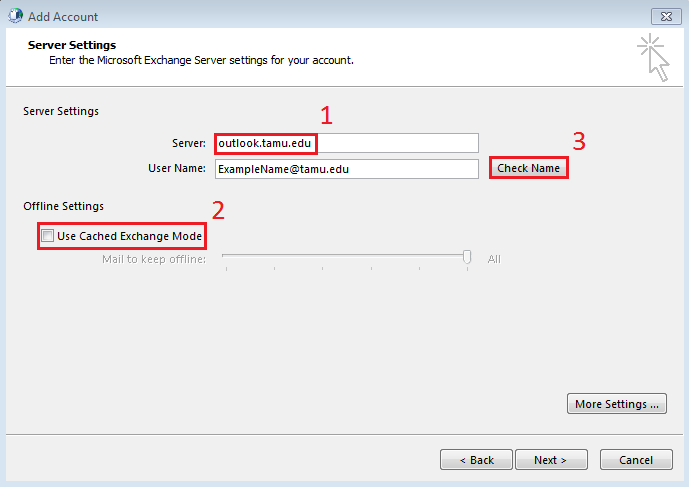Electrical Engineering TAMU Requirements
Electrical Engineering TAMU Requirements – Electrical engineering is a field that is always coming up with new ideas. It is what makes technology and infrastructure progress possible in our modern world. The best school in this field is Texas A&M University (TAMU), which has been educating students and pushing the limits of electrical engineering study and use for more than one hundred years. The programme at TAMU has been around since 1888 and is part of the famous Dwight Look College of Engineering. It has set industry standards and produced graduates who have changed the world with their groundbreaking work.Electrical Engineering TAMU Requirements
This commitment to excellence has established the university’s Electrical Engineering program as a sought-after destination for aspiring engineers. Prospective students from around the world are drawn not only to the program’s rich history but also to its forward-thinking approach, ensuring that the curriculum remains in tandem with ever-evolving industry demands. The blend of theoretical knowledge, practical skills, and a focus on research ensures that students are equipped with a holistic educational experience, making them industry-ready and adaptable to the dynamic landscape of electrical engineering.
For those keen on joining this legacy of innovation and academic rigor, understanding the electrical engineering TAMU requirements becomes paramount. This article aims to guide prospective students through the prerequisites, essential coursework, research opportunities, and other pivotal details. With a well-rounded perspective on what to expect and how to prepare, aspirants can confidently embark on their journey at one of the leading electrical engineering institutions globally.SchoolNewSportal

Read Also: Requirements to Get into TAMU
About Texas A&M University’s Electrical Engineering Program
Established in 1888, the Electrical Engineering program at TAMU is housed within the Dwight Look College of Engineering. The program has continually evolved over the years, keeping pace with industry demands and technological advancements. With a long-standing tradition of excellence, TAMU’s Electrical Engineering program is designed to equip students with the knowledge and skills needed to succeed in a competitive landscape.
Admission Prerequisites
Before diving into the core requirements, let’s understand the general admission criteria:
- High School Performance: Prospective students should have an exemplary high school record, with a strong foundation in mathematics (including calculus), physics, and chemistry.
- Standardized Tests: Scores from either the SAT or ACT are generally required, though the exact specifications may vary depending on current university guidelines.
- Letters of Recommendation: While not always mandatory, letters from educators who can attest to the applicant’s academic capabilities can bolster an application.
- Personal Statement: A concise essay detailing your passion for electrical engineering and reasons for choosing TAMU can make a difference.
- Supplementary Materials: Depending on the year of entry, there might be additional materials or assessments needed.
Read Also: TAMU Device Requirements
Core Coursework Requirements
Once admitted, students will embark on a rigorous academic journey. Here are some key courses that underline the electrical engineering curriculum at TAMU:
- Fundamental Courses: These include Mathematics (Calculus sequences, Differential Equations), Physics (Mechanics and Electromagnetism), and introductory engineering courses.
- Electrical Engineering Basics: This involves courses in Circuit Analysis, Electronics, Digital Logic Design, and Electromagnetic Fields.
- Advanced Specializations: Depending on interests, students can delve into areas like Communications, Control Systems, Digital Signal Processing, Power Systems, Microelectronics, and many others.
- Lab Work: Practical skills are essential. Thus, the curriculum requires hands-on lab sessions, including Circuits Lab, Electronics Lab, and advanced labs corresponding to the chosen specialization.
- Capstone Project: In their final year, students typically undertake a project to apply their knowledge in real-world scenarios.
Read Also: Tamu Minimum Syllabus Requirements
Extracurricular and Research Opportunities
TAMU’s Electrical Engineering program isn’t limited to just classroom teachings. There’s a strong emphasis on research and extracurricular activities:
- Undergraduate Research: Many professors offer research opportunities, enabling students to work on cutting-edge projects.
- Student Organizations: Groups like the IEEE Student Branch, Eta Kappa Nu, and the Aggie Satellite Club allow students to collaborate and learn outside the classroom.
Read Also: TAMU Requirements for Admission
Graduate Program Considerations
For those looking beyond a bachelor’s degree, TAMU also offers Master’s and Ph.D. programs in Electrical Engineering. While the entry requirements for these programs are more stringent, typically involving GRE scores, a strong undergraduate GPA, letters of recommendation, and research experience, they offer a deeper exploration into the field.
Career and Internship Opportunities
TAMU boasts robust ties to the industry. The university frequently hosts career fairs and events, offering students a platform to interact with potential employers. Many students secure internships and co-op positions, ensuring they’re industry-ready upon graduation.
Conclusion
The field of electrical engineering offers a plethora of opportunities, and choosing the right academic institution is the first step. Understanding the electrical engineering TAMU requirements ensures that you’re well-prepared to embark on this academic journey. With a mix of strong foundational courses, research opportunities, and industry exposure, TAMU provides all the right ingredients for success in this electrifying field.
Read Also: Tamu ID photo requirements


